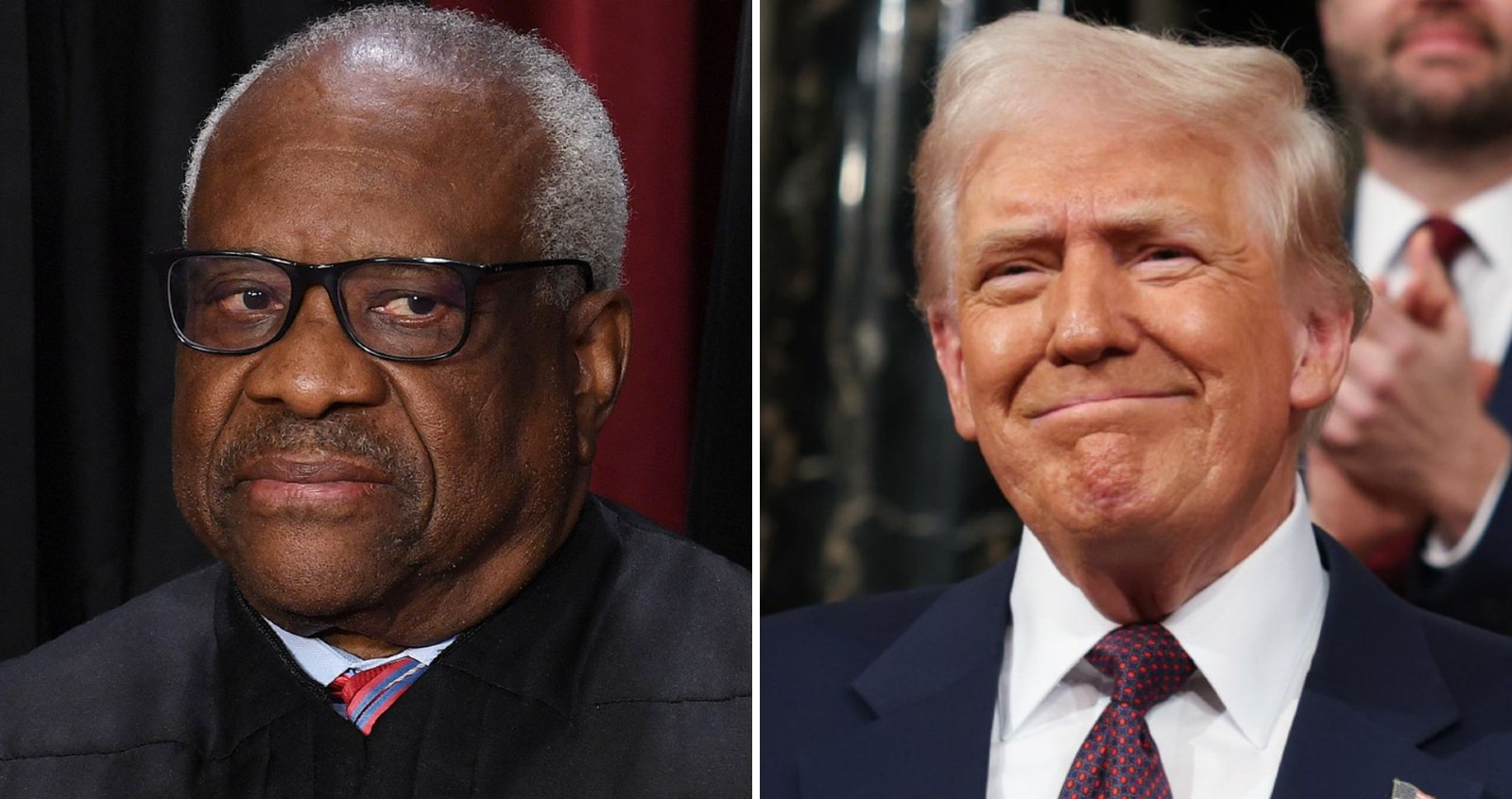The U.S. Supreme Court’s Decision on the Trump Administration’s Transgender Military Ban: A Legal and Cultural Milestone
In a highly significant ruling, the U States Supreme Court recently delivered a decision in favor of the Trump administration’s controversial transgender military ban, marking a decisive moment in the ongoing legal battle over the rights of transgender individuals in the U.S. Armed Forces. The Court’s decision allowed the Pentagon to enforce the ban, overturning a lower court injunction that had previously blocked its implementation. This ruling represents a significant moment in the administration’s military policy, with far-reaching consequences for transgender service members and LGBTQ+ advocates.
Background of the Executive Order
The story behind this ruling began on January 27, 2017, when President Donald Trump signed an executive order that directly impacted transgender service members in the military. The order instructed the Department of Defense (DoD) to revise its policies regarding transgender individuals. Specifically, the policy rescinded previous guidance that allowed transgender service members to serve openly in the military.
The Trump administration’s stance on this issue was rooted in concerns over military readiness, costs, and unit cohesion. The administration maintained that the inclusion of transgender individuals in the military would be detrimental to the military’s operational efficiency, potentially leading to higher healthcare costs and negatively impacting the overall effectiveness of the armed forces.
Military experts and transgender advocates argued, however, that these concerns were unfounded. They pointed to the success of open transgender service in other countries and highlighted the contributions of transgender individuals who had already served in the U.S. military.
The Legal Challenge and Initial Rulings
The implementation of the transgender military ban was immediately met with legal challenges. Seven transgender service members filed a lawsuit against the Trump administration, arguing that the ban was discriminatory and violated their constitutional rights. These plaintiffs contended that the policy unfairly singled out transgender individuals, labeling them unfit for service based solely on their gender identity rather than their military capabilities.
The case began in federal court in Seattle and quickly made its way to Washington, D.C., where U.S. District Judge Ana Reyes questioned government lawyers about the policy’s underlying rationale. Judge Reyes raised concerns regarding the fairness and constitutionality of the ban, questioning whether it violated the rights of transgender individuals to serve in the military. Despite these concerns, the case progressed through the judicial system, with higher courts eventually weighing in on the matter.
In March 2021, U.S. District Judge Benjamin Settle ruled in favor of the plaintiffs, granting a preliminary injunction that blocked the transgender military ban. Judge Settle argued that the policy amounted to a blanket prohibition on transgender service members and violated the Equal Protection Clause of the Constitution. He also noted that the ban infringed on the plaintiffs’ First Amendment rights and due process.
The ruling was a significant victory for transgender rights advocates and LGBTQ+ organizations, allowing transgender service members to continue serving openly in the military while the case continued through the courts.
The Ninth Circuit Court’s Decision
Following Judge Settle’s ruling, the Trump administration quickly appealed the decision to the Ninth Circuit Court of Appeals. The Ninth Circuit, composed of three judges appointed by Democratic presidents, upheld the decision to block the ban, refusing to grant the Trump administration’s request for a stay. This refusal prompted the administration to escalate the case to the U.S. Supreme Court.
Supreme Court Ruling
On January 22, 2019, the U.S. Supreme Court issued a decision in favor of the Trump administration, allowing the transgender military ban to take effect. The Court’s ruling was a significant setback for LGBTQ+ advocates, who had hoped that the ban would be overturned. The decision was especially controversial, as the Supreme Court did not address the core constitutional issues at the heart of the case. Instead, it allowed the Trump administration’s policy to move forward without further judicial obstruction.
While the ruling did not directly address the underlying merits of the case, it signaled a shift in judicial support for the administration’s stance on military readiness. The decision enabled the Pentagon to implement the ban, which had been stalled for several years due to ongoing legal battles.
Justices Sonia Sotomayor, Elena Kagan, and Ketanji Brown Jackson dissented, with each arguing that the lower court’s ruling should have been upheld and that the policy warranted further judicial scrutiny. Despite the dissent, the ruling represented a major win for the Trump administration, bolstering its position on military readiness and its broader agenda concerning transgender issues.
The Trump Administration’s Argument for the Ban
The Trump administration consistently maintained that the ban was necessary for the overall health and efficiency of the military. According to the administration, transgender individuals often require specialized medical care, including hormone therapy and surgery, which could create undue financial burdens on the military healthcare system. The administration argued that these additional costs could detract from the military’s ability to maintain readiness and deploy forces effectively.
U.S. Solicitor General D. John Sauer, in a brief filed with the Court, emphasized that the policy was not motivated by animus toward transgender individuals but by concerns over operational effectiveness. “The military has determined, in its professional judgment, that the inclusion of transgender individuals could disrupt military readiness and unit cohesion,” Sauer stated.
Critics of the policy, however, pointed out that the U.S. military has long been a leader in adopting progressive policies, including the integration of women and racial minorities into the ranks. Many argued that the ban was not only unnecessary but also a violation of the rights of transgender individuals who had already demonstrated their ability to serve in the military effectively.
LGBTQ+ Advocacy and Backlash
The Supreme Court’s decision sparked strong reactions from LGBTQ+ advocacy organizations and civil rights groups. The American Civil Liberties Union (ACLU) strongly condemned the ruling, with attorney Chase Strangio calling the decision “harmful” and “discriminatory” to transgender people. The ACLU emphasized that the decision was a setback for LGBTQ+ rights and unfairly targeted transgender service members, many of whom had served with distinction and dedication.
The Human Rights Campaign (HRC) also expressed its disappointment, stating that the ruling would have a devastating impact on the LGBTQ+ community and transgender service members. HRC noted that the military had made significant strides toward inclusion prior to the Trump administration’s ban, and that the Supreme Court’s decision represented a step backward in the fight for equal rights.
Public opinion on the issue of transgender service in the military remains divided, with many Americans supporting the right of transgender individuals to serve openly while others, particularly conservative groups, maintain that transgender service is incompatible with military readiness.
The Future of Transgender Rights in the Military
The Supreme Court’s decision on the transgender military ban is part of a larger cultural and legal struggle over the rights of transgender individuals in the United States. This ruling may set the stage for additional legal battles surrounding transgender rights, not only in the military but also in other sectors of public life.
The Trump administration’s policy has already had significant consequences for transgender service members, many of whom have faced uncertainty about their ability to serve and the implications of the ban on their careers. Despite the Supreme Court’s ruling, advocates for transgender rights remain committed to challenging the policy and advocating for the inclusion of transgender individuals in the armed forces.
As the case continues to move through the courts, the issue of transgender rights in the military will likely remain a contentious topic, one that will continue to provoke legal, political, and social debate in the years ahead.
The Trump administration’s stance on transgender military service has ignited fierce debates over equality, military readiness, and the role of government in shaping social norms. While the administration has argued that its policies are designed to strengthen the military, critics contend that they represent a denial of fundamental rights and a refusal to acknowledge the contributions of transgender individuals in the armed forces.
Conclusion
In the wake of the U.S. Supreme Court’s ruling, the transgender military ban remains in effect, marking a major victory for the Trump administration. However, this decision is likely to spur continued legal challenges and public debate, with LGBTQ+ rights groups vowing to continue their fight for equal treatment and inclusion in the military.
As this case unfolds, the broader conversation about transgender rights and the role of LGBTQ+ individuals in public life will continue to shape American society and policy. While the legal battle over the transgender military ban may be over for now, the fight for equality and justice for transgender individuals is far from finished.






